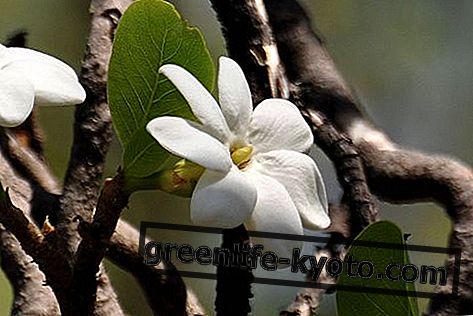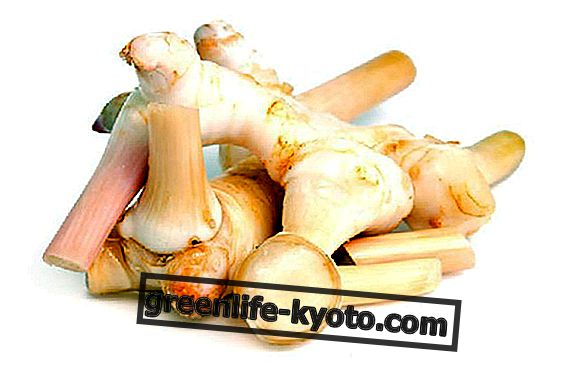
Rapeseed oil is a vegetable oil that is produced from canola seeds, a bright yellow plant (or white depending on the variety), belonging to the Brassicaceae family that grows in some hilly areas of the world. Major producers are India, Canada and Pakistan.
Hearing about this oil as something edible can turn up your nose. Commonly, in fact, rapeseed oil was used for street lighting, as early as the 13th century for example in the countries of northern Europe, or as an "ecological" fuel, very popular in the 1960s.
Do you really eat?
Its food use was born in the mid-nineteenth century, without obtaining great support due to studies on the effects on human health that relegated it to a lower quality product. However, these researches were later disputed. The culprit is erucic acid, a cardiotoxic lipid, which in terms of health would have negative effects on growth and disorders affecting the liver as well as the heart.
Today, however, researchers have succeeded in obtaining a low-grade rapeseed variety of erucic acid, called Canadian Brassica. This new variety was then renamed as canola oil, a contraction of the CANadian Oil Low Acid, produced mostly in Canada. Not everyone even likes canola, but, being an extremely cheap oil, in Italy it is currently used by some commercial catering for fries. I don't like it especially because it is still a refined oil, extracted using heat, pressure and solvents, decolorized and deodorized.
What does rapeseed contain?
Rapeseed oil contains monoisaturated fatty acids (oleic, gadoleic), polyunsaturated fatty acids, Omega3 and Omega6, saturated fatty acids (palmitic, stearic). In 2006, a statement was issued by the FDA Food and Drug Administration of the United States regarding the reduction of cardiovascular diseases linked to the consumption of this oil, due to the fact that it contains the aforementioned polyunsaturated fatty acids.
In Germany rapeseed oil is called rapsöl and is considered a healthy food and does not cost even a little. In this as in other countries, the offer of products other than extra virgin olive oil is much more extensive than in Italy, besides the use of seed oils much more widespread abroad. Consequently the market is more controlled, there are products of different origin and obtained with different extractive technologies.
In Italy generally there is no rapeseed oil for food use, but only one present in margarines and generic vegetable oils: two products to which attention must be paid, which is usually not recommended for consumption, contained above all in products from poor quality oven. Some Italians use canola oil to fuel the car. Economically, the production of rapeseed oil and other large-scale biofuels is linked to the problem that these are extensive crops, which require large areas of land, subtracted from wheat production for food consumption.
Curiosity: perhaps not everyone knows that the Diesel engine was originally conceived by its inventor at the end of the 1800s to work with vegetable oil, but was later replaced by the mineral oil called diesel diesel. Today it has been rediscovered that rapeseed oil, properly treated and transformed into biodiesel, can be used as a biofuel for diesel engines.













